
Solar energy is a safe, effective way of generating clean, homegrown energy that preserves the environment, protects neighbors' interests and benefits the entire community.
With all the news about solar energy, it may be difficult to separate the real answers from the myths. Learn more about how we aim to be good stewards at Eloy Valley Solar.
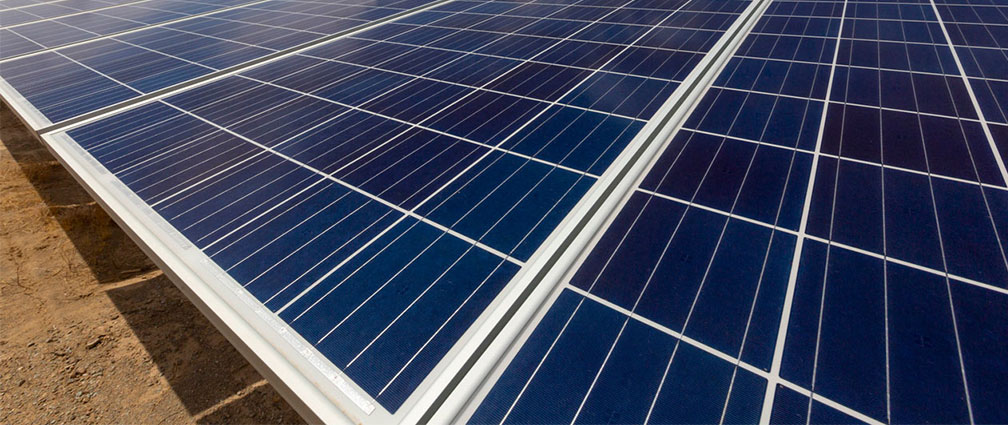
Myth
Solar energy can only generate power when the sun is shining.
Reality
The Eloy Valley Solar project will generate electricity using photovoltaic cells (solar cells) when exposed to particles of direct and indirect sunlight even on a cloudy day.
When paired with battery energy storage, excess energy is collected and stored during the day so it can be dispersed at night or peak times, when it is needed most.

Myth
This project won’t bring any benefits to Pinal County
Reality
If approved, the Eloy Valley Solar project will provide more than $100 million dollars in additional tax revenue to the local communities.
This additional revenue for Pinal County can go toward improvements to area schools, parks, roads and more. The project will help create 900 construction jobs while the project is being built. Additionally, this will benefit local businesses, restaurants and area hotels.
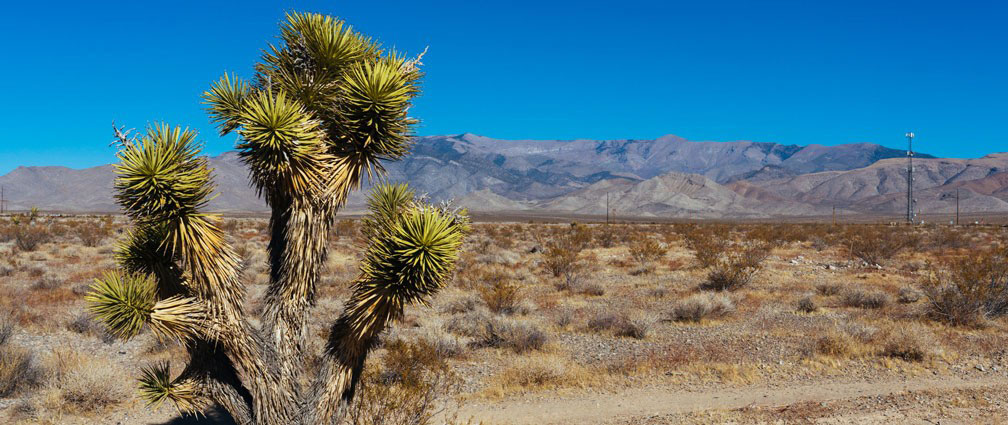
Myth
There are concerns that solar panels could leach chemicals into the ground, potentially impacting public health.
Reality
People have been safely living and working around solar panels for generations.
Panels are made of solid materials and do not pose a chemical hazard to the general public, underlying soil or groundwater. Solar photovoltaic panels consist of glass, polymer, aluminum, copper and semiconductor materials that can be recovered and recycled at the end of their useful life. In fact, studies have shown that health-related air quality benefits from solar energy are worth even more than the electricity itself. 1
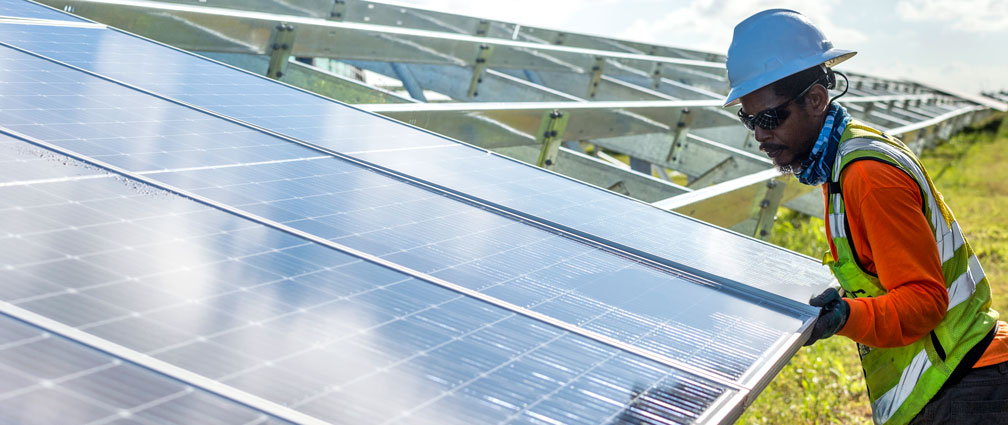
Myth
Solar panels are not safely disposed of after use.
Reality
To the extent possible, project equipment will be reconditioned, resourced, donated and/or recycled.
Any materials that cannot be recycled will be safely disposed of at approved facilities. Photovoltaic solar panel recycling technologies have been implemented over the past decade and have been shown to recover more than 95% of semiconductor material and more than 90% of the glass in the panel. The industry is exploring the most cost-effective ways to recycle.
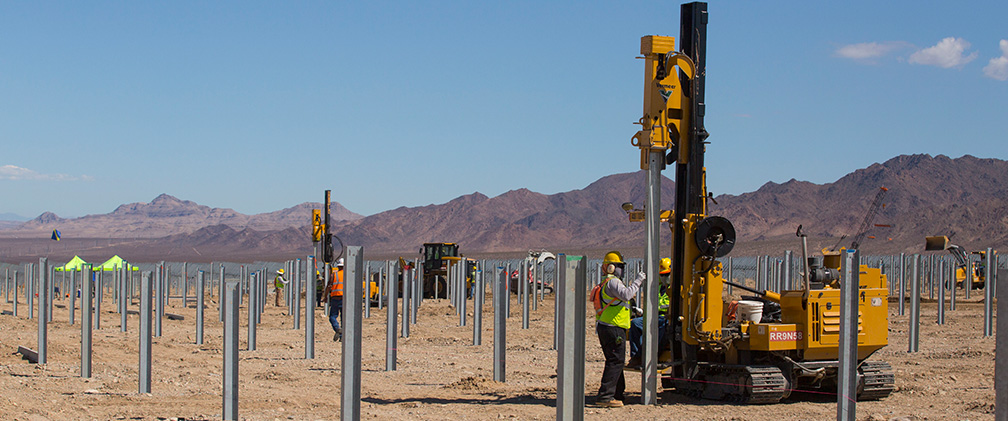
Myth
The construction and operation of solar facilities are noisy.
Reality
During the construction period, noise at the project site would be typical of construction sites.
Once the project is complete, the noise level will comply with Pinal County ordinance requirements. Typically noise level would be low and come from the power equipment such as the power inverters or transformers. The sounds will decrease as the distance from the equipment increases. Virtually no sound will be audible outside the boundary of the project.

Myth
The project will lower residents' property values.
Reality
There is no evidence to indicate a solar project will impact neighboring property values.
In fact, a 2018 study by Cohn and Resnick, who specializes in property valuation, looked at home sales in proximity to six solar farms in Illinois, Indiana and Minnesota.2 It found no measurable impact on property values adjacent to solar farms. Importantly, a solar project brings numerous economic benefits to a community, including the potential for millions of dollars in additional tax revenue which can be used to enhance both the quality of life and overall value of the community. Solar projects can deliver these economic benefits without making additional demands or impact on community services.
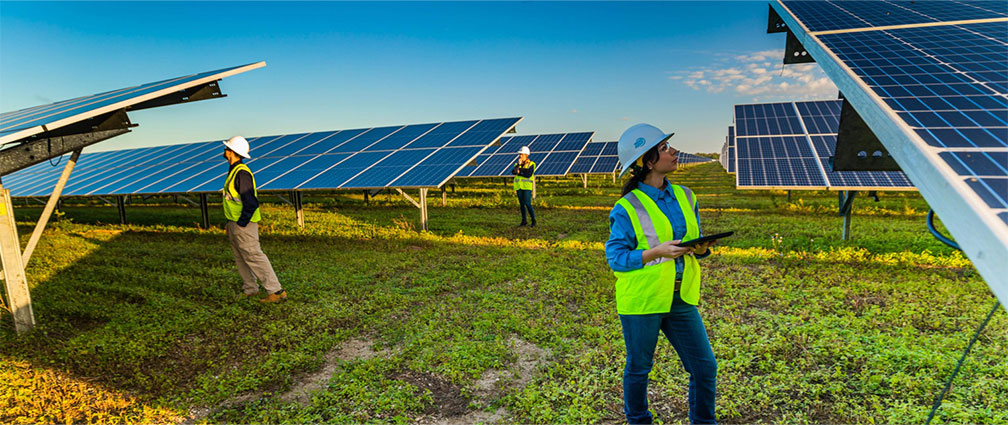
Myth
Taxpayers may get stuck with the bill for the costs of decommissioning the project.
Reality
Eloy Valley Solar will have a fully funded decommissioning plan.
The project is required to provide a decommissioning plan to remove all solar panels and return land to its original condition. To ensure taxpayers do not have to pay for removing any part of a facility, NextEra Energy Resources will post a bond to cover the costs of decommissioning.
1 1Wiser, Ryan et al. “On the Path to SunShot: The Environmental and Public Health Benefits of Achieving High Penetrations of Solar Energy in the United States.” National Renewable Energy Laboratory 2016
2 1McGarr, Patricia. Property Value Impact Study. Cohn Reznick LLP Valuation Advisory Services, 2 May 2018